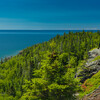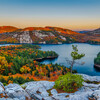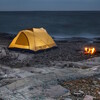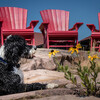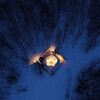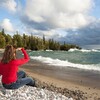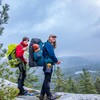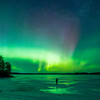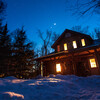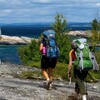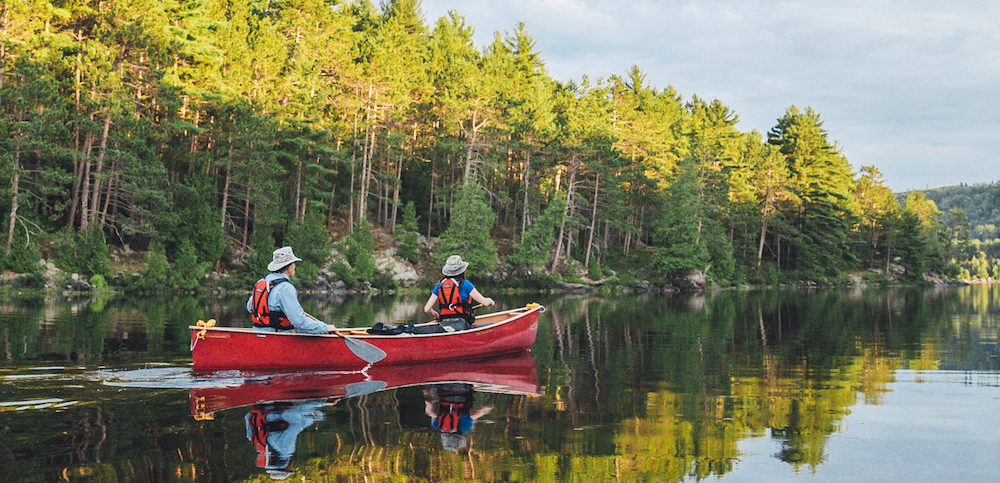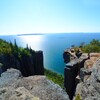
7 of the Best Places to Go Backcountry Camping in Ontario
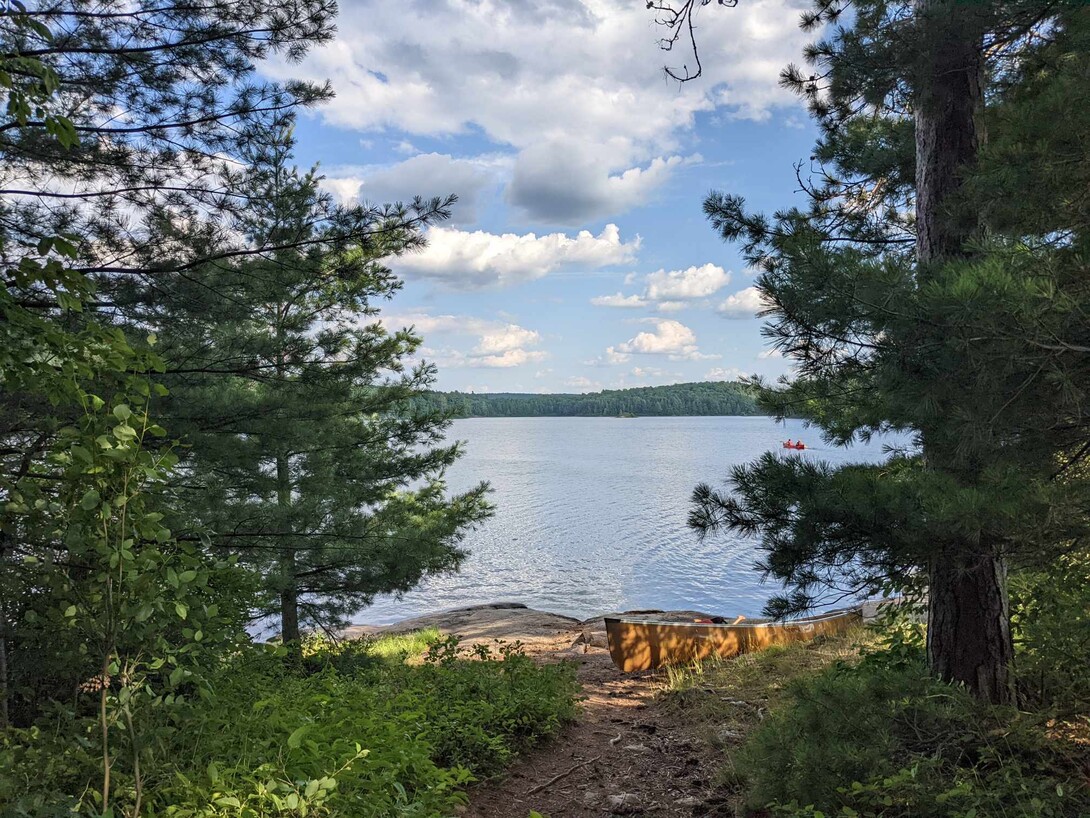
Many people associate backcountry camping with remote locations, requiring sweat and expertise to reach. While there are plenty of paddling and hiking destinations like that in Ontario, there are equally as many that are suitable for those who want to take it easy or who are new to the backcountry. There’s a backcountry camping experience for every taste with one thing in common—all these destinations are nestled in beautiful Ontario landscapes.
Backcountry camping areas in Ontario vary greatly. In some cases, there are designated campsites where you must camp; in others, it’s up to you to figure out where to set up for the night. Some parks provide picnic tables, thunderboxes and metal bear lockers at sites and mark portages and campsites with brightly coloured signs, while others lack any signage and offer only firepits at sites. For this reason, it’s important to do your research about the place you plan to backcountry camp at, so you can ensure you have the skills to trip there.
Common places to backcountry camp in Ontario include provincial parks, national parks and Crown land. The options are nearly endless. But if you’re wondering, “where can I go backcountry camping in Ontario?” read our list of top places below to find out.
Best for Beginner Canoe Trippers: Fushimi Lake Provincial Park
There are lots of opportunities for backcountry camping in Ontario for beginners, but one standout destination is Fushimi Lake Provincial Park. Located way up on Highway 11, camping at one of Fushimi Lake’s paddle-in backcountry campsites will give you a feeling of remoteness, without ever being too far from civilization. That’s because all 12 of the backcountry sites are located on Fushimi Lake, requiring no portaging and two hours maximum of paddling to reach.
The sites are amply spaced and about as well-equipped as backcountry sites come, with a tent pad, picnic table, firepit and box privy. Spend days exploring the corners of massive Fushimi Lake, paddle over to the Fire Tower Trail for a hike or relax on your own private beach.
- Book your campsite using the Ontario Parks online reservation system.
- Rent a canoe from the Park.
- Need outdoor supplies? You’ll find Typer’s Bait and Tackle and Canadian Tire in the nearby town of Hearst.
- After your trip, be sure to stop by Fresh Off the Block in Hearst for their poutine or daily special.

Best for Intermediate Backcountry Canoe Trippers: Temagami
The Temagami area is known for its wild beauty and varied canoe tripping opportunities. The region is made up of a mixture of provincial parks and crown land, and many trips involve backcountry camping in both. There are various routes that are quite popular, where you’ll find well-travelled portages and well-used campsites. Other routes are more remote and require greater navigation skills and grit to complete.
Whether whitewater or flatwater, river or lake, relaxing or gruelling, you can find a canoe trip in Temagami that suits you. Note that signage on campsites and portages is more inconsistent in the Temagami parks than in parks like Algonquin and Killarney. The sites and portages also see less maintenance, meaning you might be in for a few more surprises depending on your route of choice. All this makes the Temagami region a great stepping stone for paddlers who are comfortable paddling in parks like Algonquin but who want to try their hand at canoe tripping in a wilder area and aren’t quite prepared for remote parks like Wabakimi or Woodland Caribou.
- Read our Ultimate Guide to Canoe Tripping in Temagami.
- Permits need to be purchased for camping within Lady Evelyn-Smoothwater Provincial Park, Obabika River Provincial Park, Solace Provincial Park, Makobe-Grays River Provincial Park and Sturgeon River Provincial Park.
- Take a guided trip with Temagami Outfitting Company or Temagami Outpost Inc. Both also offer outfitting services. Or rent from Smoothwater Outfitters.
- Book a stay at Cabin Falls Ecolodge, located within Lady Evelyn-Smoothwater Provincial Park.
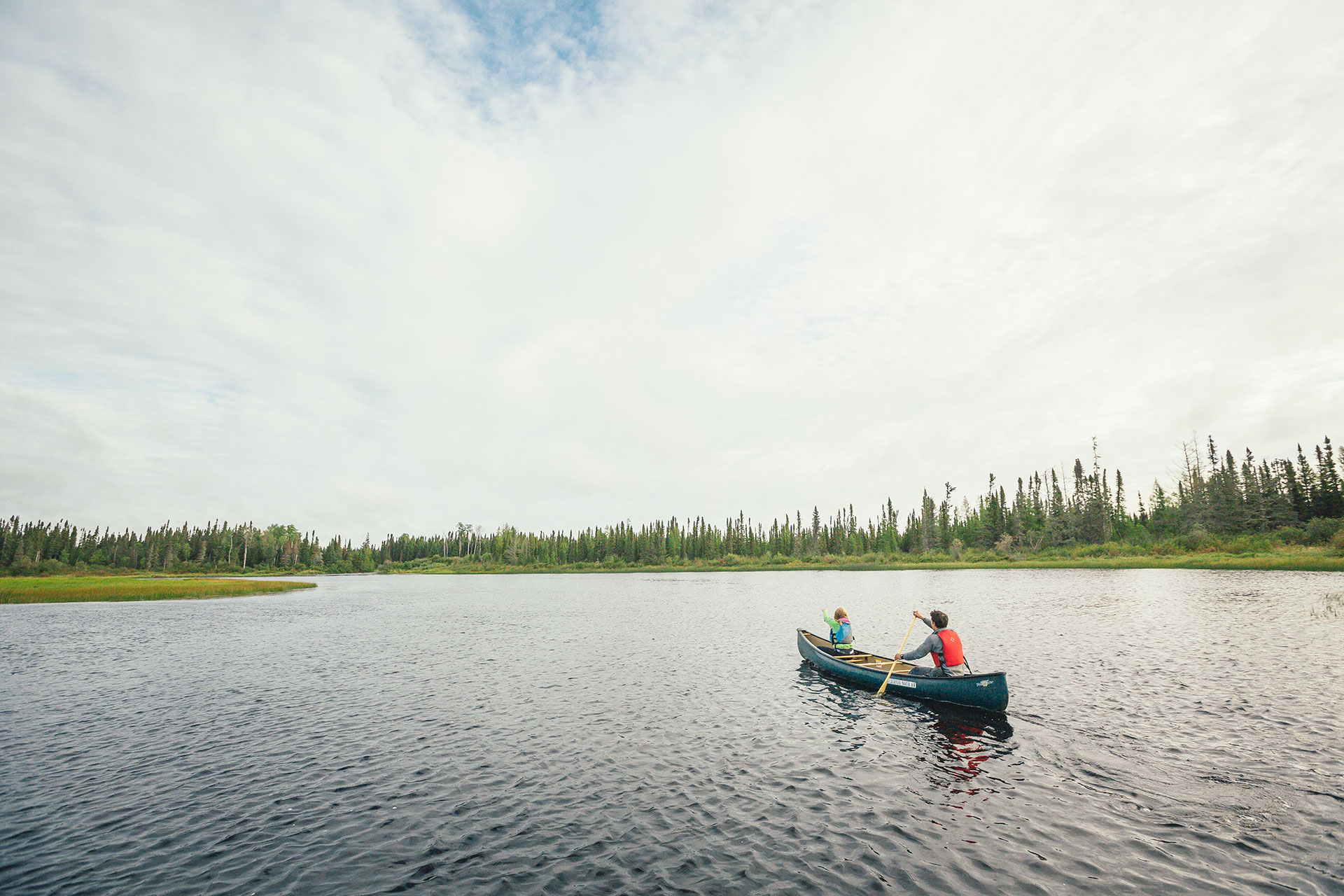
Best for Experienced Backcountry Canoe Trippers: Wabakimi Provincial Park
There are incredible canoe tripping experiences to be had in wilderness areas all over the province, but if northern landscapes, true solitude, and seemingly endless kilometres of waterways and portages are what you’re after you need to head to Wabakimi Provincial Park. Only accessible by floatplane, train or canoe, a backcountry camping trip in Wabakimi is an adventure right from the start.
Campsites within the park aren’t marked and only provide a fire ring. Likewise, portage trails are unmarked and while park staff do work to maintain trails, with 1,500 kilometres of paddling routes there may be trails that haven’t been touched in quite some time. And while it is possible to do trips shorter than a week in the park, the best experiences are two weeks in length, allowing you to cover lots of ground while enjoying your surroundings.
For these reasons, it’s important to have a fair amount of canoe tripping experience under your belt before undertaking a trip in Wabakimi. Or consider going guided!
- Read our Ultimate Guide to Canoe Tripping in Wabakimi Provincial Park.
- Take a guided trip with the experts at Wabakimi Outfitters. They can also provide trip planning advice, outfitting and accommodations.
- Want to experience a fly-in trip? Mattice Lake Outfitters can get you there.
- Permits for Wabakimi Provincial Park can be booked in advance on the Ontario Parks online reservation system.
Best for Beginner/Intermediate Backpackers: Sleeping Giant Provincial Park
When starting out with any kind of backcountry camping, you can take a lot of the pressure off by visiting a destination with campsites that aren’t far from the trailhead or access point. This is particularly helpful for new backpackers who haven’t yet optimized their pack weights. Sleeping Giant Provincial Park is such a destination.
While the Park does have an extensive trail system with backcountry campsites scattered throughout, it offers many sites that are a short distance from the trailhead. Try the 4.8-kilometre Middlebrun Bay Trail and book the campsite at Finlay Bay, or the campsites at Tee Harbour which are less than six kilometres from the Kabeyun South Trailhead.
Sleeping Giant is also well-suited to those who want to challenge themselves a little. Complete the Kabeyun Trail-Talus Lake Trail loop—with various campsites along this route, you can easily plan a trip that suits your fitness and skill level, choosing how far you want to hike each day.
- Read our Ultimate Guide to Visiting Sleeping Giant Provincial Park.
- Reserve your campsites in advance using the Ontario Parks online reservation system.
- Be sure to visit the historic Silver Islet General Store after your big hike.
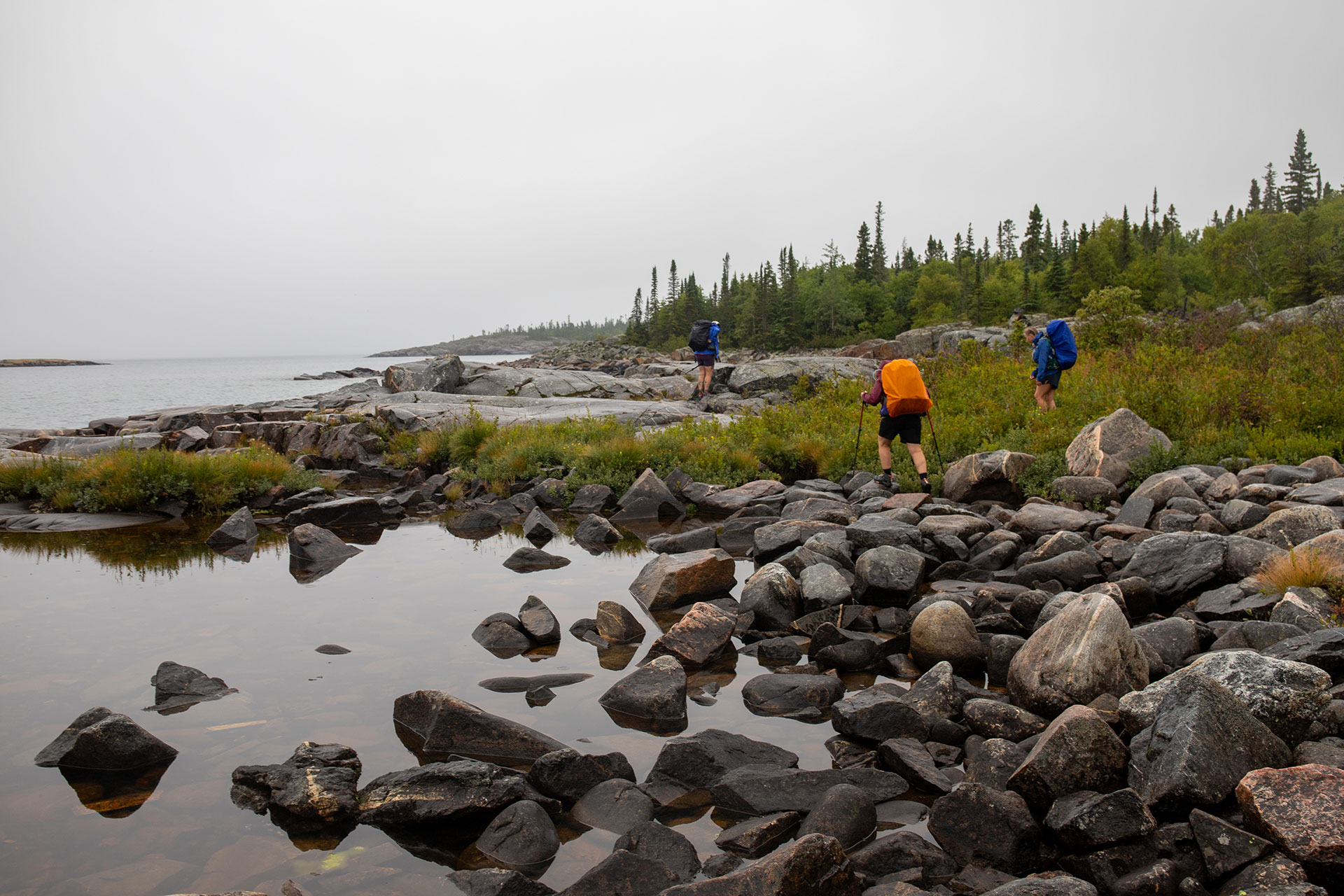
Best for Experienced Backpackers: Pukaskwa National Park
The Lake Superior coastline of Pukaskwa National Park is known for its ruggedness, remoteness and beauty. The 60-kilometre Pukaskwa Coastal Trail is not for the experienced, out of shape or faint of heart. You’ll be navigating steep ascents and descents, slippery rocks, uneven rock beaches, and did we mention the hills?
This is a point-to-point hike and while you could choose to double the distance and hike back the way you came, most people choose to either take a boat shuttle to the southern terminus and hike north or hike south and get a boat shuttle at the end.
The hike is worth the effort—you’ll pass by waterfalls, over a gorge, through mossy forests and have moody Lake Superior as your constant companion.
- Read our Complete Guide to Backpacking in Pukaskwa National Park.
- Book your backcountry campsites using the Parks Canada online reservation system.
- Book your boat shuttle with North Shore Adventures.
- Naturally Superior Adventures offers custom guided trips and limited equipment rentals.
Best Close to Home: Algonquin Provincial Park
No list of places to backcountry camp in Ontario would be complete without mention of iconic Algonquin Provincial Park. Due to its proximity to southern Ontario, vast network of canoe routes, range of backpacking trails, abundant wildlife and beautiful landscapes, Algonquin is a popular place in the summer and fall months especially.
Green backcountry campers will find plenty of opportunities to ease into things—paddle to a campsite on easily accessible and moderately sized Canisbay Lake for an easy first canoe trip or hike a few kilometres to a site on the reasonably flat Eastern Pines Trail. Want to get away from the crowds? Launch from one of the northern access points and aim toward the heart of the Park to complete a loop one or even two weeks in length.
- Backcountry paddling permits are booked by lake while backcountry hiking permits are booked by campsite. You can book yours using the Ontario Parks online reservation system.
- Rent equipment from Algonquin Outfitters, The Portage Outpost, Algonquin Bound Outfitters or Algonquin Basecamp.
- After your trip, grab a bite at the Lake of Two Rivers Cafe & Grill.
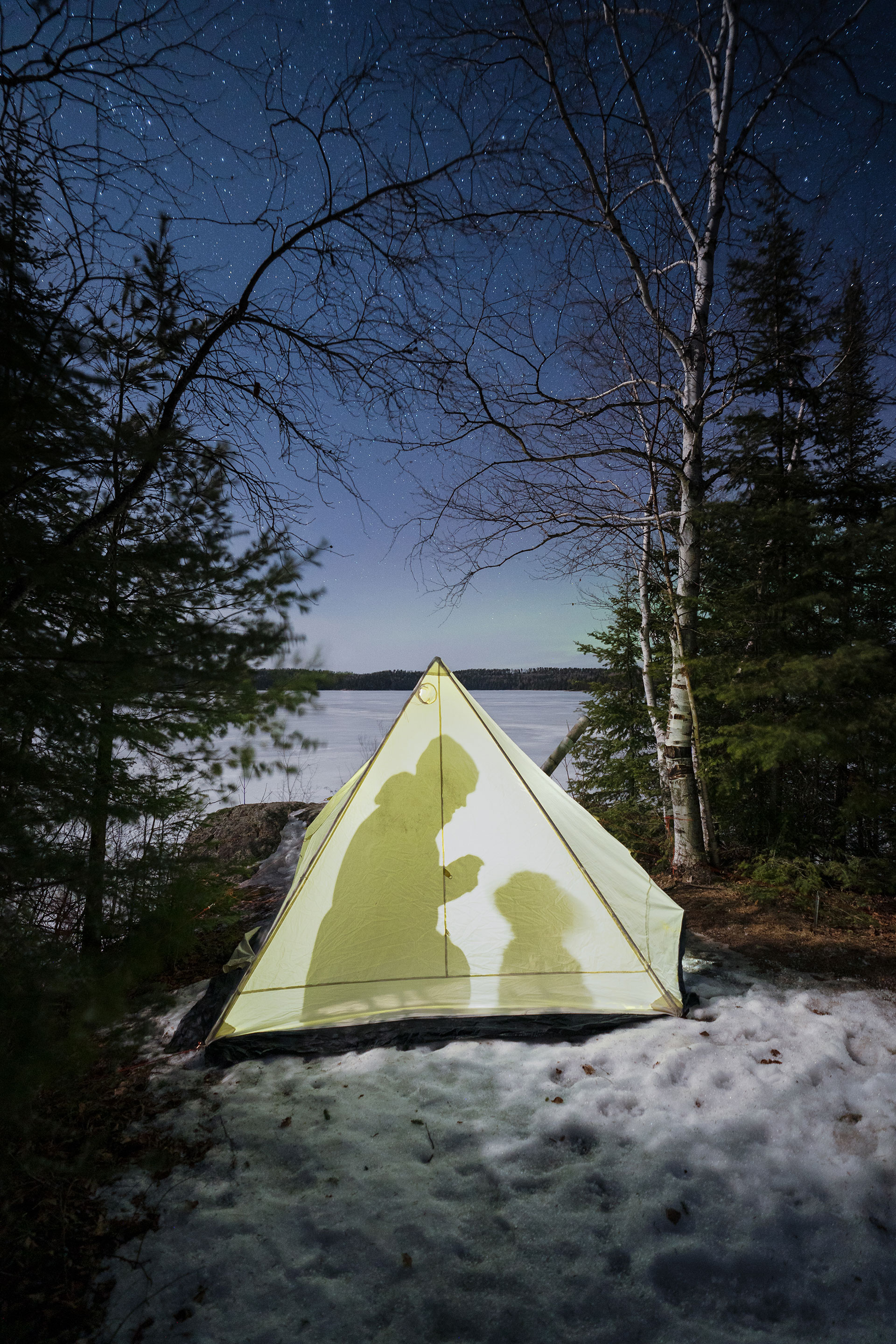
Best for Winter Backcountry Camping: Quetico Provincial Park
If you’re looking to go winter backcountry camping in Ontario, Quetico Provincial Park is the place where your snowy daydreams will come true. With thousands of backcountry campsites and pristine lakes, this wilderness class park is a canoe tripping playground in the summertime. Once those lakes freeze over, though, and deep snow settles in, the landscape changes to perfectly suit winter adventures.
Strap on snowshoes or cross-country skis to make your way across the lakes and find sheltered spots in the woods to set up your hot tent or four-season shelter. Spend evenings by the campfire, gazing up at a sky so clear and star-filled you’ll hardly believe your eyes—Quetico is recognized as an International Dark Sky Park, after all.
- Read our Tips for Winter Camping in Ontario.
- In the winter, backcountry campers must use self-serve permitting, available at each of the Park’s entry stations.
- Need to rent or buy gear for your winter backcountry camping adventure? You can rent snowshoes and buy last-minute camping equipment from Wilderness Supply in Thunder Bay. Lakehead University also rents out a range of outdoors equipment to the community, including winter sleeping bags and cross-country skis. Snowshoes are also available to rent from Chaltrek.
- After your trip, head into nearby Atikokan to have a warm meal at The Outdoorsman Restaurant.
Recommended Articles
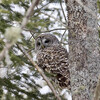
Where to See Ontario's Coolest Wildlife
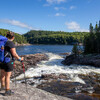
Best Outdoor Adventure Locations in Ontario
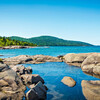
Insider’s Guide to Neys
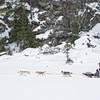
11 Things You Didn’t Know About Dogsledding
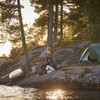
Beat the Lines: Tips for 2025 Reservations
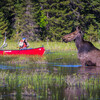
Outdoor Photography Workshops
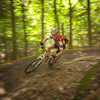
Feel the rush
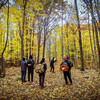
Throw Like a Pro

Canoe vs Kayak
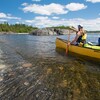
Canoe Tripping to Great Eating
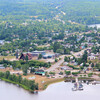
Best Small Towns in Ontario
11 Best Places to Go Rock Climbing
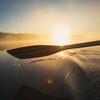
Need to Escape?
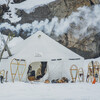
Winter Camping
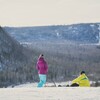
Skiing & Snowboarding During the Pandemic
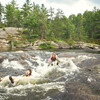
Adventurous Getaways For Couples
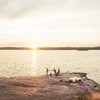
Best Weekend Escapes
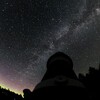
Star Gazing
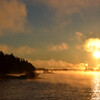
Guiding the British Invasion
